Home>Articles>How To Prevent An Electrical Cord From Being Severed
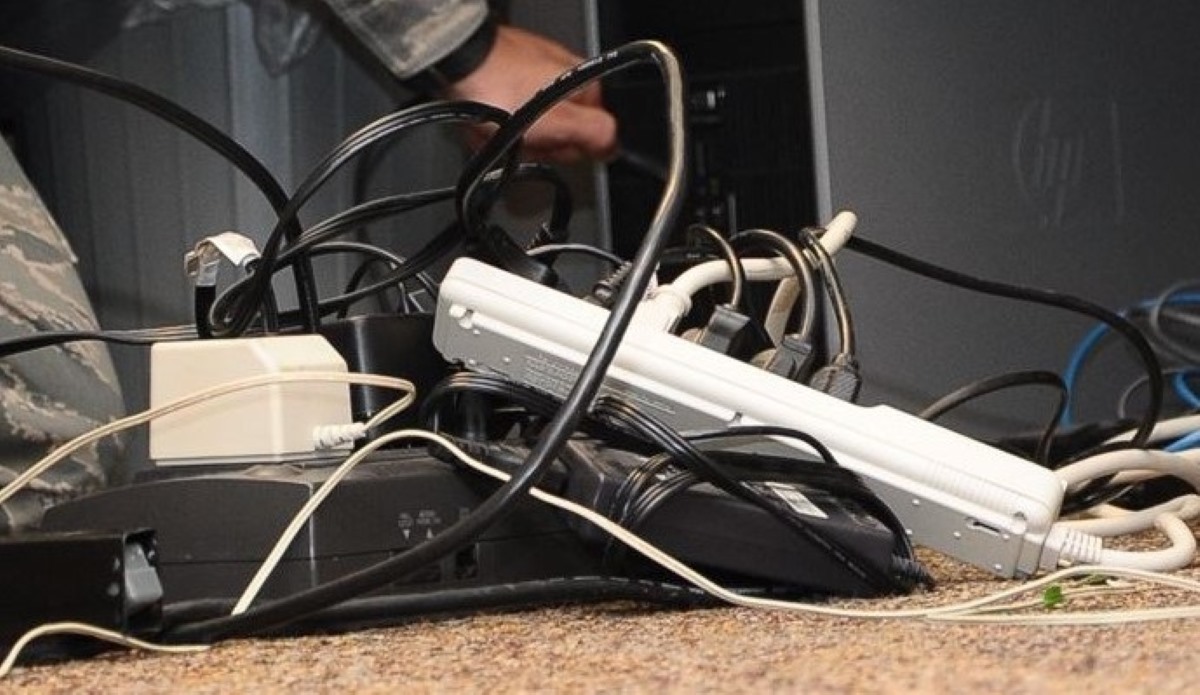

Articles
How To Prevent An Electrical Cord From Being Severed
Modified: March 1, 2024
Discover what happens when an electrical cord is severed in our informative articles. Gain insights on how to handle this dangerous situation and prevent electrical hazards.
(Many of the links in this article redirect to a specific reviewed product. Your purchase of these products through affiliate links helps to generate commission for Storables.com, at no extra cost. Learn more)
Introduction
Electrical cords are an essential component of our daily lives, powering countless devices and appliances. From charging our phones to running our kitchen appliances, electrical cords play a crucial role in our modern, technology-driven world. However, accidents can happen, and electrical cords can get severed or damaged, leading to potential hazards and inconveniences.
In this article, we will explore what happens when an electrical cord is severed, the causes behind such incidents, the immediate dangers, repair options, when to consult a professional, and preventive measures to avoid cord severance. Understanding these aspects can help you make informed decisions and ensure the safety of your electrical systems.
Key Takeaways:
- Understanding the anatomy and potential dangers of severed electrical cords is crucial for safety. Proactive prevention, cautious handling, and timely repairs can minimize hazards and maintain a functional electrical system.
- When dealing with severed electrical cords, prioritizing safety and consulting professional electricians for severe damage are essential. Prevention, proper handling, and regular inspections can safeguard against accidents and disruptions.
Read more: How To Fix Severed Electrical Cord
Understanding Electrical Cords
Before delving into the consequences of a severed electrical cord, it’s important to have a basic understanding of how electrical cords are constructed. Electrical cords consist of three primary components: the conductor, insulation, and protective covering.
The conductor, typically made of copper or aluminum, is responsible for carrying the electric current from the power source to the device. It is surrounded by insulation, usually made of rubber or plastic, which prevents the flow of electricity from escaping the cord. The protective covering, often made of a durable material like PVC, provides an additional barrier against physical damage.
Electrical cords come in various types and sizes, depending on their intended use. Extension cords, power cords, and appliance cords are some common examples. Each type of cord is designed to handle a specific amount of electrical current, indicated by its gauge rating. The higher the gauge rating, the more current the cord can safely carry.
Furthermore, electrical cords can be equipped with different plug types, such as two-pronged (ungrounded) or three-pronged (grounded) plugs. Grounded plugs provide an additional safety measure by connecting the electrical device to a ground, reducing the risk of electric shock.
Overall, understanding the anatomy and purpose of electrical cords is vital in assessing the severity of a cord severance and determining the appropriate course of action for repair or replacement.
Causes of Electrical Cord Severance
Electrical cord severance can occur due to various reasons, ranging from accidental mishaps to wear and tear. Understanding these causes can help you take preventive measures and minimize the risk of cord damage. Here are some common causes of electrical cord severance:
- Accidental cuts: One of the most common causes of cord severance is accidental cuts. This can happen when using sharp objects near cords or when cords get caught in machinery or equipment. It’s important to exercise caution when working with tools or machinery to avoid accidentally severing electrical cords.
- Pulling or yanking: Excessive pulling or yanking on electrical cords can cause them to become loose or detached from their connection points. This can lead to internal damage or complete severance of the cord.
- Animal bites or gnawing: Pets, rodents, or other animals may be attracted to the texture or taste of electrical cords, leading to biting or gnawing. This can not only damage the cord but also pose a significant electrical hazard.
- Abrasion or fraying: Over time, electrical cords can experience wear and tear due to friction, bending, or exposure to sharp edges. This can cause the insulation or protective covering to fray or become damaged, leading to potential cord severance.
- Excessive heat: Exposure to high temperatures or heat sources can weaken the insulation or protective covering of electrical cords, making them more susceptible to damage and potential severance.
- Improper storage or handling: Improper storage, such as coiling cords too tightly or not providing proper support, can lead to kinks, twists, or knots in the cord. This can weaken the cord’s structure and increase the risk of severance.
By being aware of these causes, you can take proactive steps to avoid electrical cord severance and ensure the longevity and safety of your electrical system.
Immediate Dangers
A severed electrical cord poses immediate dangers that need to be addressed promptly to prevent potential accidents and hazards. Here are some of the immediate dangers associated with a severed electrical cord:
- Electrical shock: If the conductive wires inside the cord are exposed due to severance, there is a high risk of electric shock. Direct contact with the exposed wires can cause severe injuries or even be fatal. It’s crucial to avoid touching the severed cord or any exposed wires.
- Fire hazard: A severed electrical cord can create a fire hazard, especially if the exposed wires come into contact with flammable materials. The exposed wires can generate sparks or excessive heat, which can ignite nearby combustible materials, leading to a fire.
- Damage to the connected device: When an electrical cord is severed, the flow of electricity to the connected device is disrupted. This sudden interruption can cause damage to the device, including its internal components. It may result in the device malfunctioning or becoming completely inoperable.
- Power surges: A severed cord can cause power surges, which is an abrupt increase in electrical voltage. These surges can damage sensitive electronic devices connected to the same electrical circuit, leading to permanent failures or data loss.
- Inconvenience and disruption: Depending on the severity of the cord severance, the loss of power to a device or an entire area can be highly inconvenient and disruptive. It can hinder daily activities, affect productivity, or even compromise safety in certain situations.
It’s important to address these immediate dangers promptly and take appropriate measures to mitigate the risks. Safeguarding against electrical shocks, fire hazards, and power surges should be a top priority when dealing with a severed electrical cord.
When an electrical cord is severed, immediately unplug the device and do not touch the exposed wires. Use electrical tape to cover the exposed wires or consult a professional for repair.
Electrical Cord Repair Options
When faced with a severed electrical cord, there are several repair options to consider depending on the severity of the damage and your level of expertise. Here are some common repair options:
- Electrical tape: If the cord has a minor cut or tear without exposing the inner wires, you can use electrical tape to temporarily cover and secure the damaged area. Ensure that the tape is wrapped tightly and securely, covering the entire damaged portion.
- Heat shrink tubing: Heat shrink tubing is a more durable and long-term solution for repairing severed electrical cords. It is a heat-activated plastic tube that shrinks and forms a protective covering when heated. Slide the heat shrink tubing over the damaged area and use a heat gun to apply heat, causing it to contract and create a protective seal.
- Wire connectors or terminals: In cases where the cord has been completely severed, using wire connectors or terminals can be a reliable repair option. Cut the damaged ends of the cord, strip the insulation, and connect the corresponding wires using wire connectors or terminals. Ensure that the connections are secure and properly insulated.
- Replacement plug: If the damage is confined to the plug of the electrical cord, it may be possible to replace the plug instead of repairing the entire cord. Purchase a new plug suitable for your specific cord type, follow the manufacturer’s instructions for installation, and ensure the wires are connected securely.
It’s important to note that these repair options are intended for minor damages and temporary solutions. If the cord has significant damage, multiple severances, or exposed wires, it is best to consult a professional electrician for proper evaluation and repair.
Remember, safety should always be the priority when attempting any electrical cord repair. If you are unsure about your skills or the severity of the damage, consulting a professional is highly recommended to ensure the repair is done correctly and safely.
When to Consult a Professional
While some minor electrical cord repairs can be done by individuals with basic DIY skills, there are situations where it is best to consult a professional electrician. Here are some instances when you should seek the expertise of a professional:
- Severe cord damage: If the electrical cord has significant damage, such as multiple severances, extensive fraying, or exposed wires, it is important to call a professional electrician. They have the knowledge and equipment to assess the severity of the damage and determine the appropriate repair or replacement.
- Lack of experience or knowledge: If you are not well-versed in electrical systems or lack experience in handling electrical repairs, it is best to leave the job to a professional. Electrical work can be complex and potentially dangerous, and attempting repairs without proper expertise can lead to further damage or personal injury.
- Safety concerns: If the severed electrical cord poses immediate safety concerns, such as the risk of electric shock, fire hazards, or power surges, it is crucial to call a professional immediately. They can ensure that the necessary precautions are taken to mitigate the risks and handle the repair safely.
- Warranty concerns: If the device or appliance connected to the severed cord is still under warranty, attempting to repair the cord yourself could void the warranty. It’s recommended to consult the manufacturer or authorized service center to determine the best course of action to preserve the warranty coverage.
Professional electricians have the expertise, tools, and knowledge to handle electrical repairs safely and effectively. They can identify any underlying issues, ensure compliance with electrical codes, and provide long-lasting solutions to restore the functionality and safety of your electrical system.
Remember, it’s always better to err on the side of caution and consult a professional when in doubt. Your safety and the proper functioning of your electrical system are worth the investment in professional services.
Preventing Electrical Cord Severance
Prevention is key when it comes to avoiding electrical cord severance and ensuring the safety and longevity of your electrical system. Here are some tips to help prevent cord damage:
- Avoid sharp objects: Keep electrical cords away from sharp objects or tools that can accidentally cut or damage them. Be mindful when using knives, scissors, or other sharp tools near cords.
- Proper handling: Always handle electrical cords with care, avoiding excessive pulling, yanking, or twisting. Grasp the plug when removing it from an outlet instead of pulling the cord.
- Pet-proofing: If you have pets at home, keep cords out of their reach and use deterrent sprays or pet-proof covers to prevent them from chewing on the cords. Consider cord concealers or cable management solutions to keep cords organized and out of sight.
- Maintain a safe distance: Keep electrical cords away from heat sources, such as heaters, hot surfaces, or open flames. Exposure to excessive heat can weaken cords and increase the risk of damage or severance.
- Proper storage: Avoid coiling cords tightly or creating knots, as this can lead to kinks and damage. Use proper cord management techniques such as loosely coiling cords and using Velcro ties or cable organizers to prevent tangling and strain on the cord.
- Regular inspection: Periodically inspect your electrical cords for any signs of damage, abrasion, or fraying. Replace any cords that show visible signs of wear and tear to prevent further damage or potential cord severance.
- Use appropriate cords: Ensure that you are using the appropriate type and gauge of cord for the intended purpose. Using cords that are not rated to handle the electrical load can lead to overheating and potential cord damage.
By implementing these preventive measures, you can significantly reduce the risk of electrical cord severance and maintain the safety and functionality of your electrical system.
It’s important to note that prevention measures should be complemented with regular electrical system inspections by a qualified professional to identify any potential issues and ensure compliance with safety standards.
Conclusion
Understanding the consequences of a severed electrical cord and taking proactive measures to prevent such incidents is crucial for ensuring the safety and functionality of your electrical system. From the understanding of how electrical cords are constructed to being aware of the potential dangers and repair options, arming yourself with the knowledge to address cord severance is essential.
By being cautious around electrical cords, properly handling them, and avoiding potential causes of cord severance, you can minimize the risk of accidents, electrical shocks, and fires. Regular inspections and timely repairs or replacements of damaged cords are vital in maintaining a safe and efficient electrical system.
If you are unsure about the severity of the damage or lack the expertise to repair a severed electrical cord, it is wise to consult a professional electrician. They have the necessary skills, knowledge, and equipment to assess the situation, perform proper repairs, and ensure your electrical system remains safe and compliant with electrical codes.
Remember, prevention is key. Taking proactive steps to protect and maintain your electrical cords, along with regular inspections, can go a long way in preventing severance and keeping your electrical system in optimal condition.
By prioritizing safety and staying informed about the best practices for handling electrical cords, you can enjoy the convenience and benefits of modern technology while minimizing the risks associated with cord severance.
Frequently Asked Questions about How To Prevent An Electrical Cord From Being Severed
Was this page helpful?
At Storables.com, we guarantee accurate and reliable information. Our content, validated by Expert Board Contributors, is crafted following stringent Editorial Policies. We're committed to providing you with well-researched, expert-backed insights for all your informational needs.
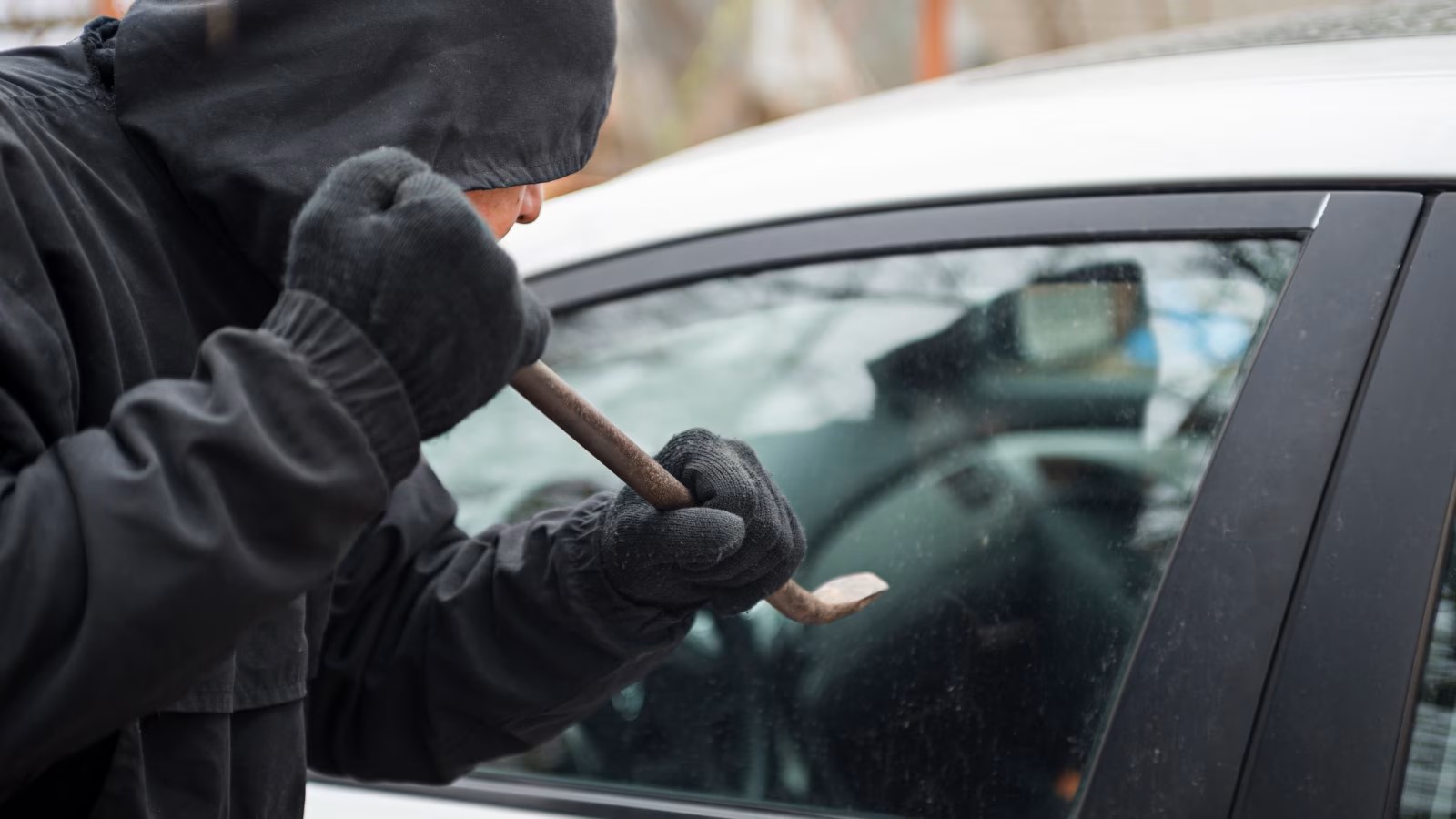
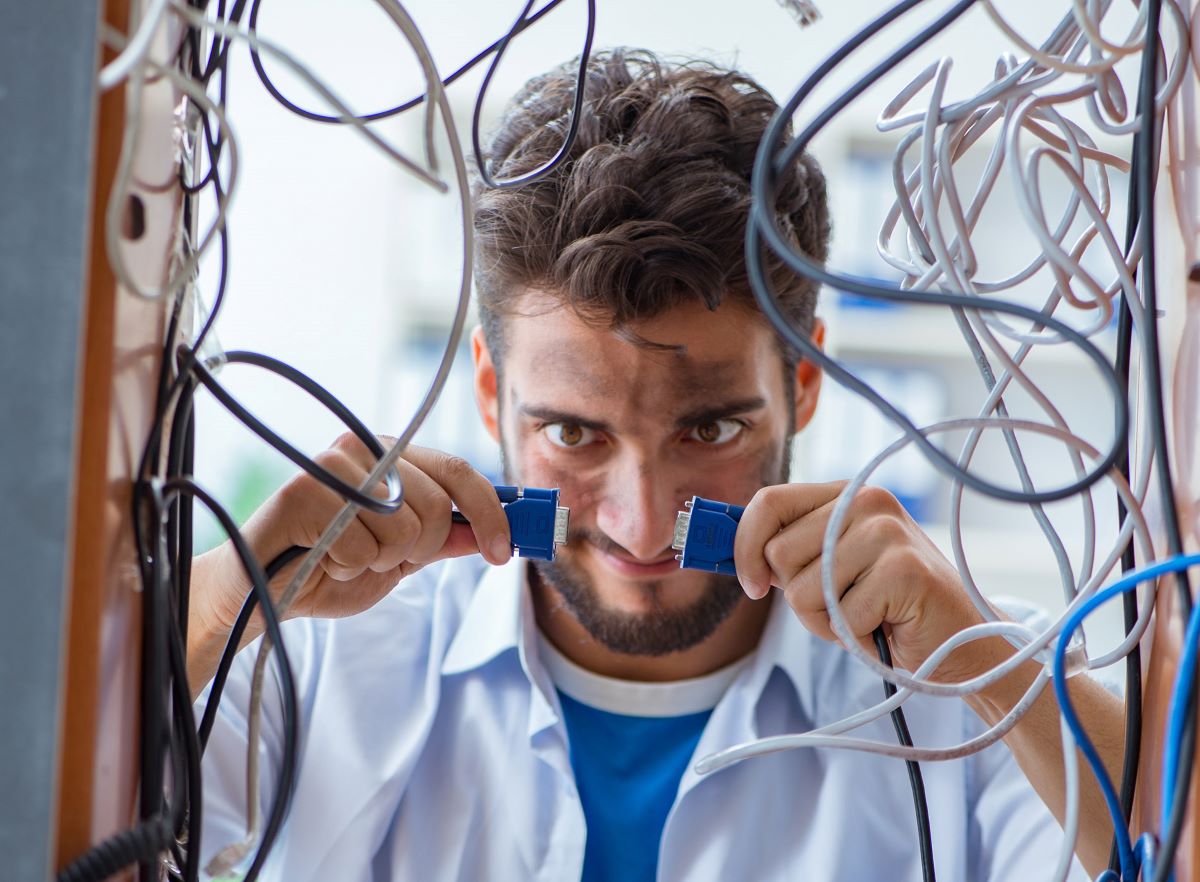
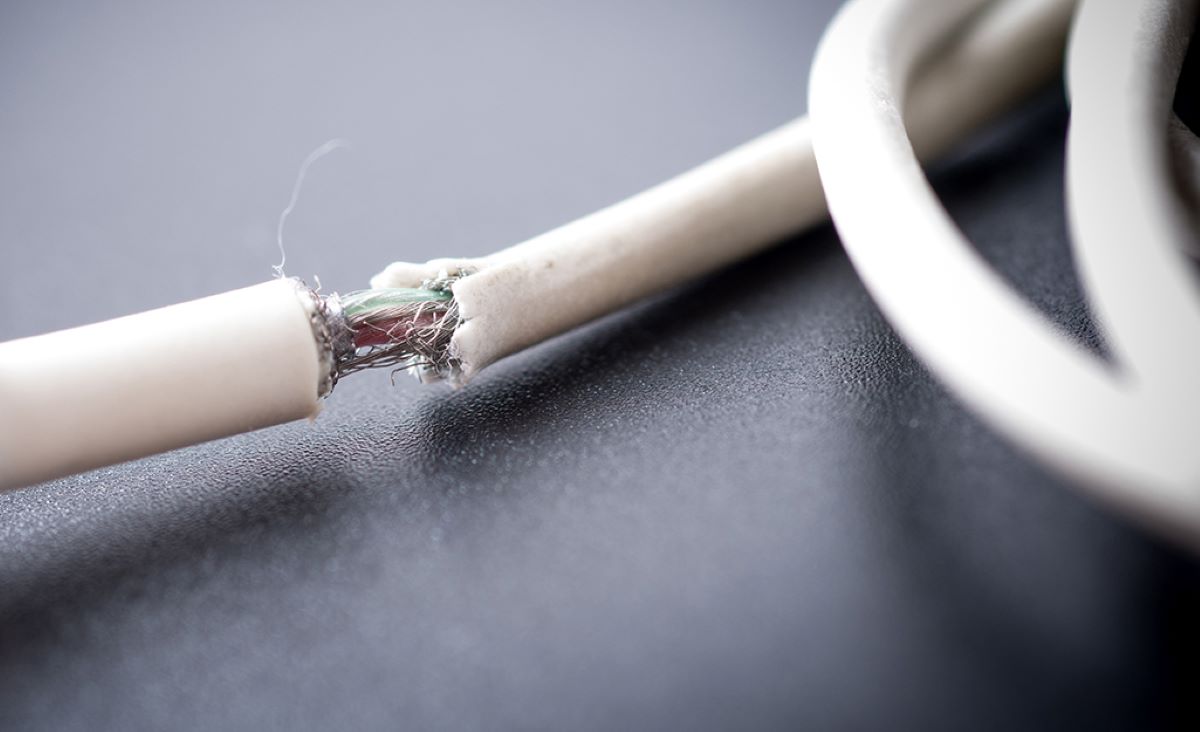
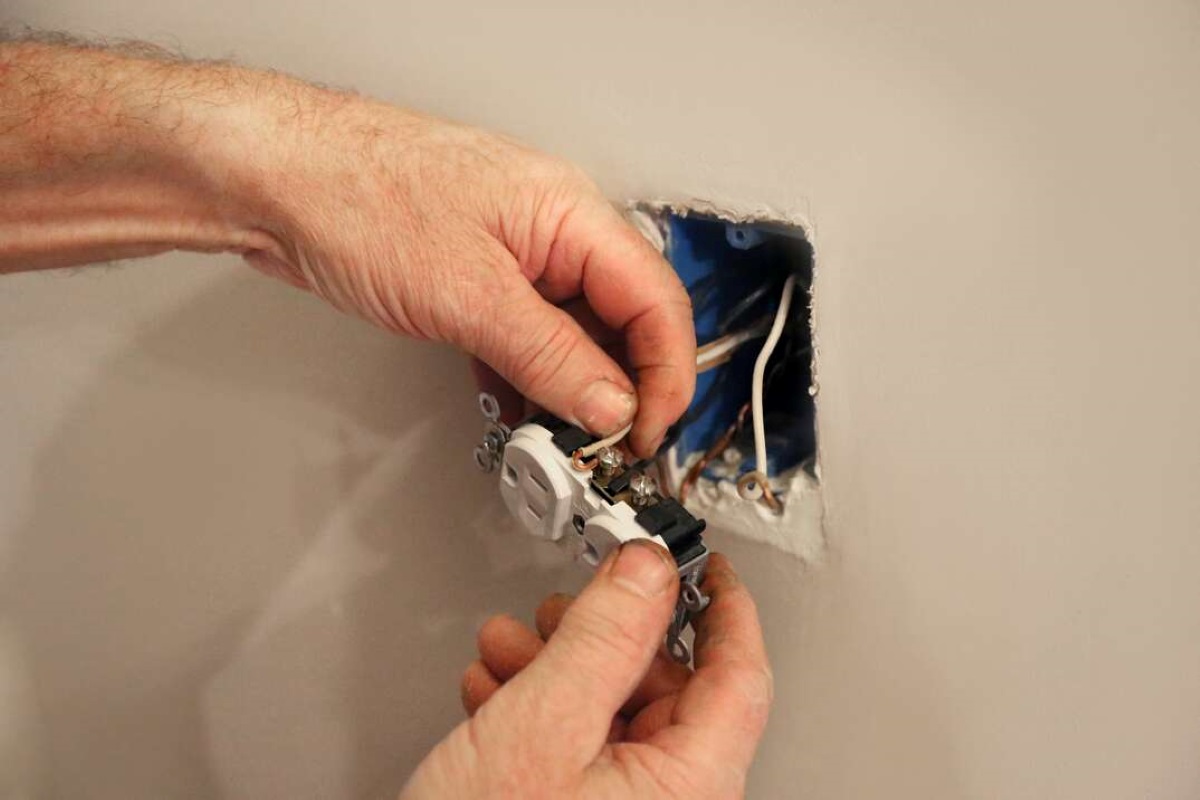
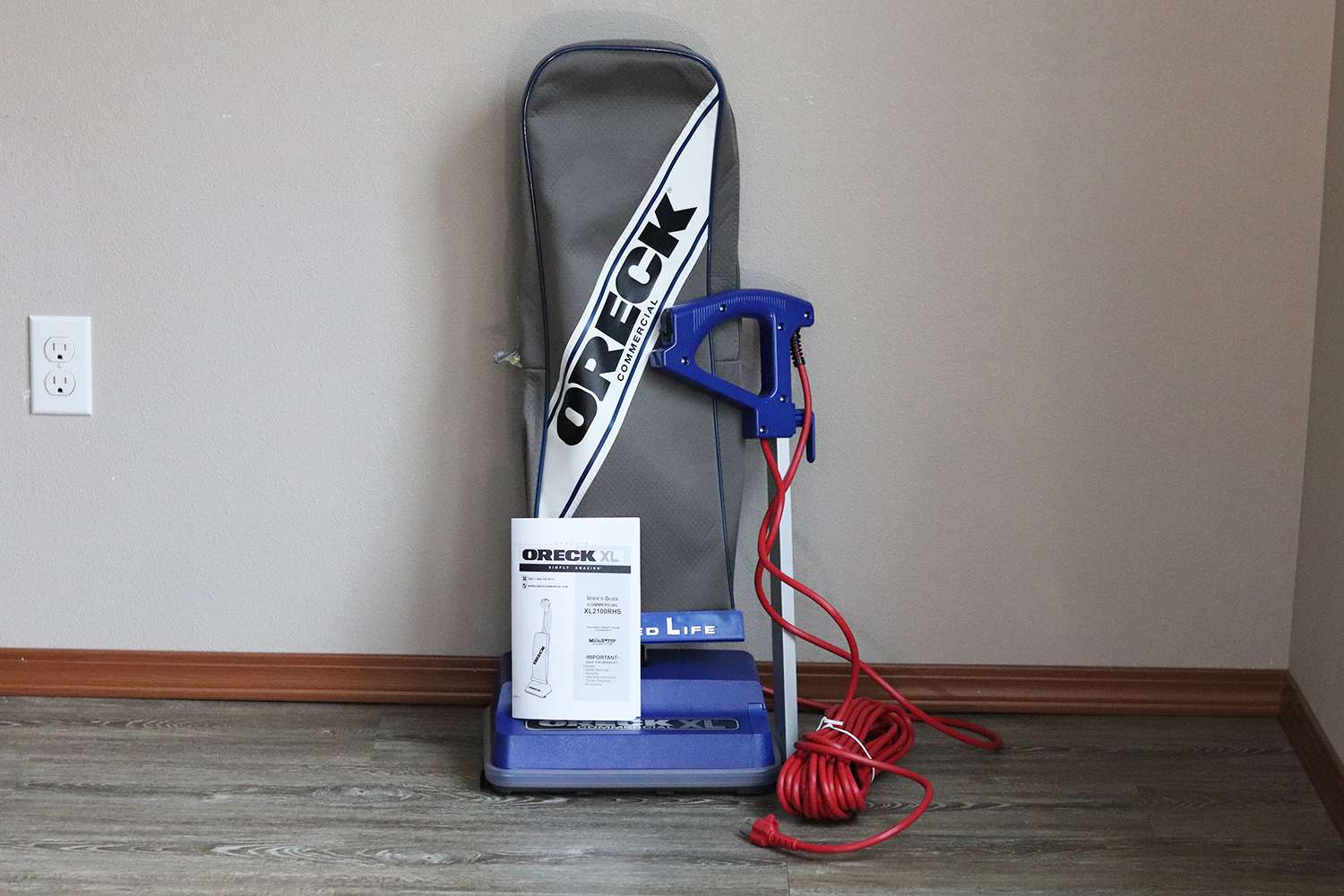
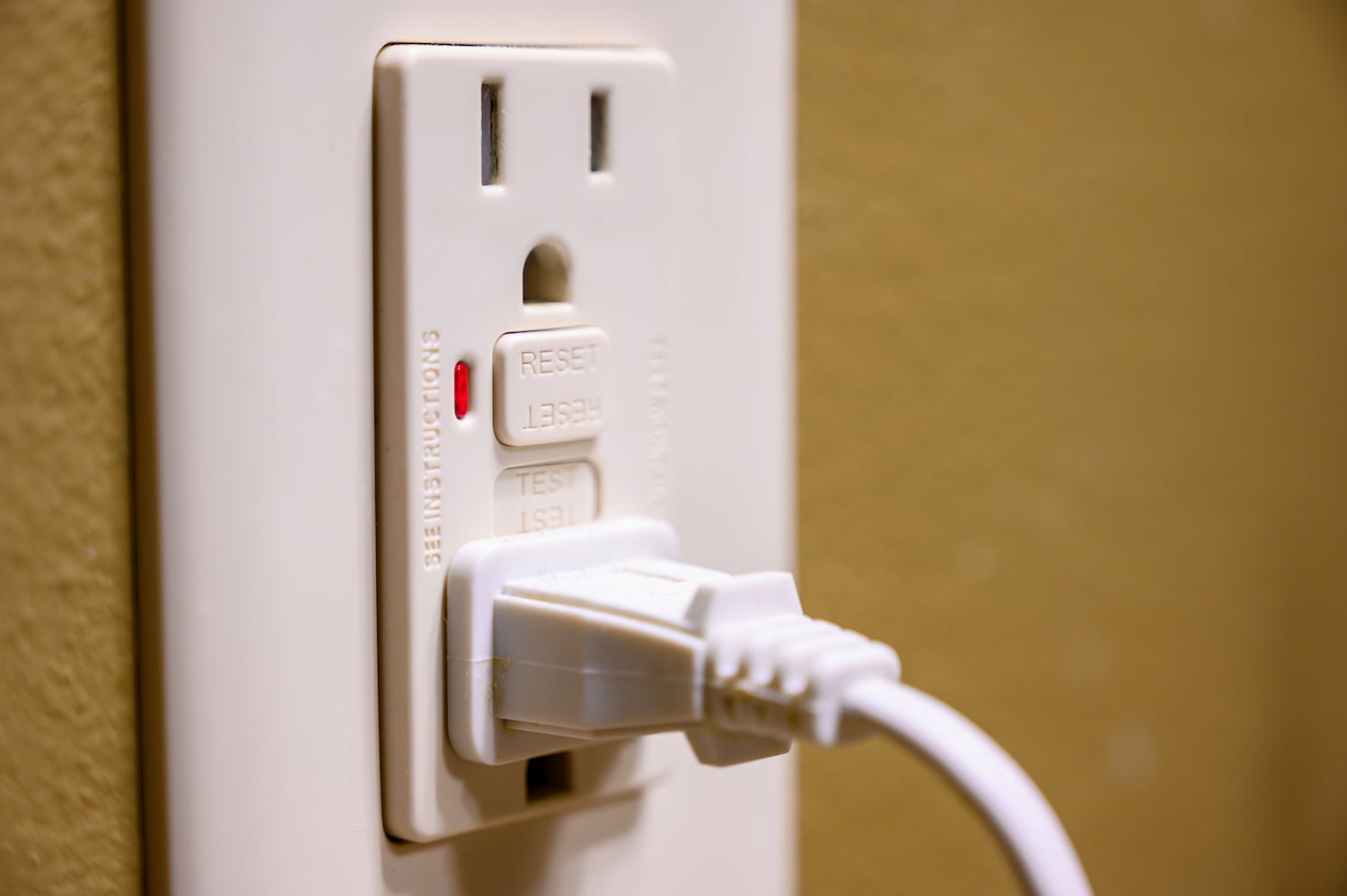
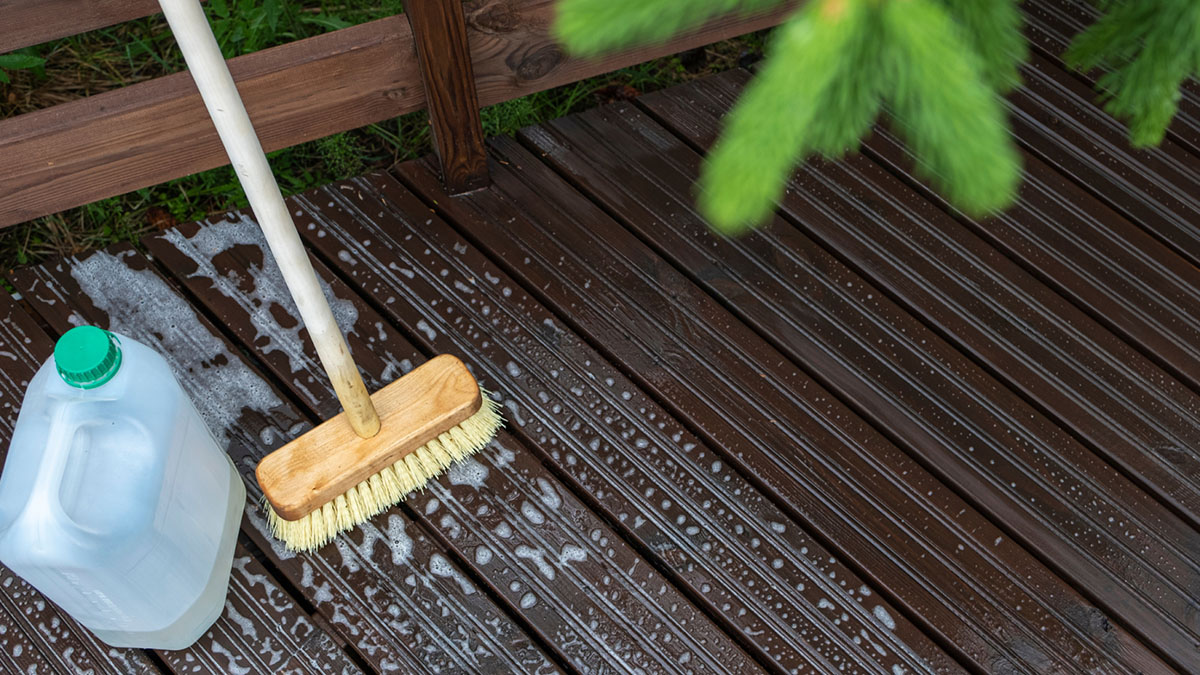
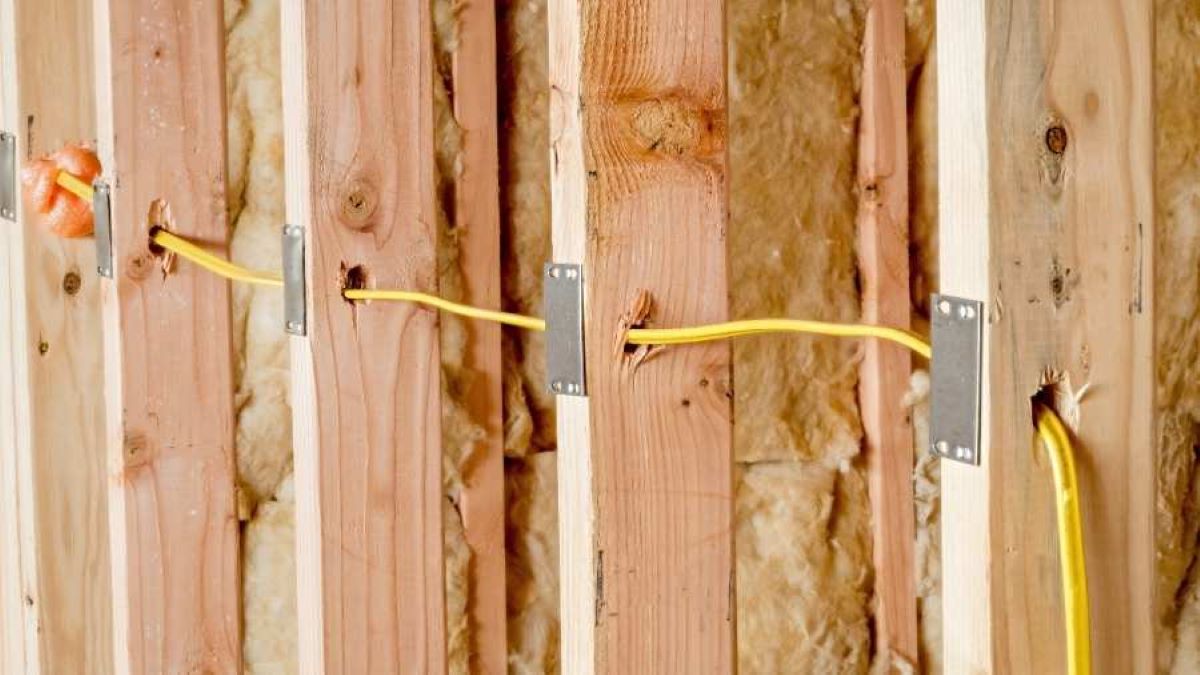

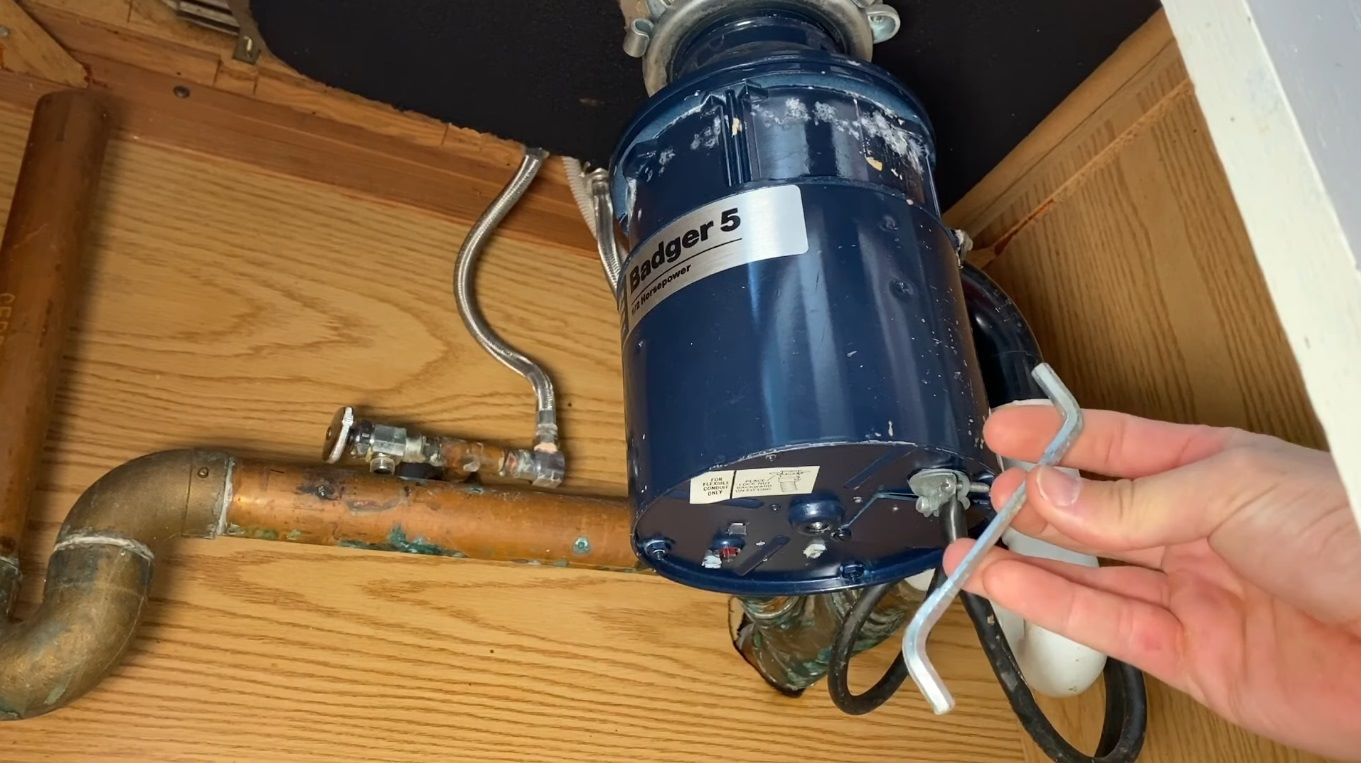
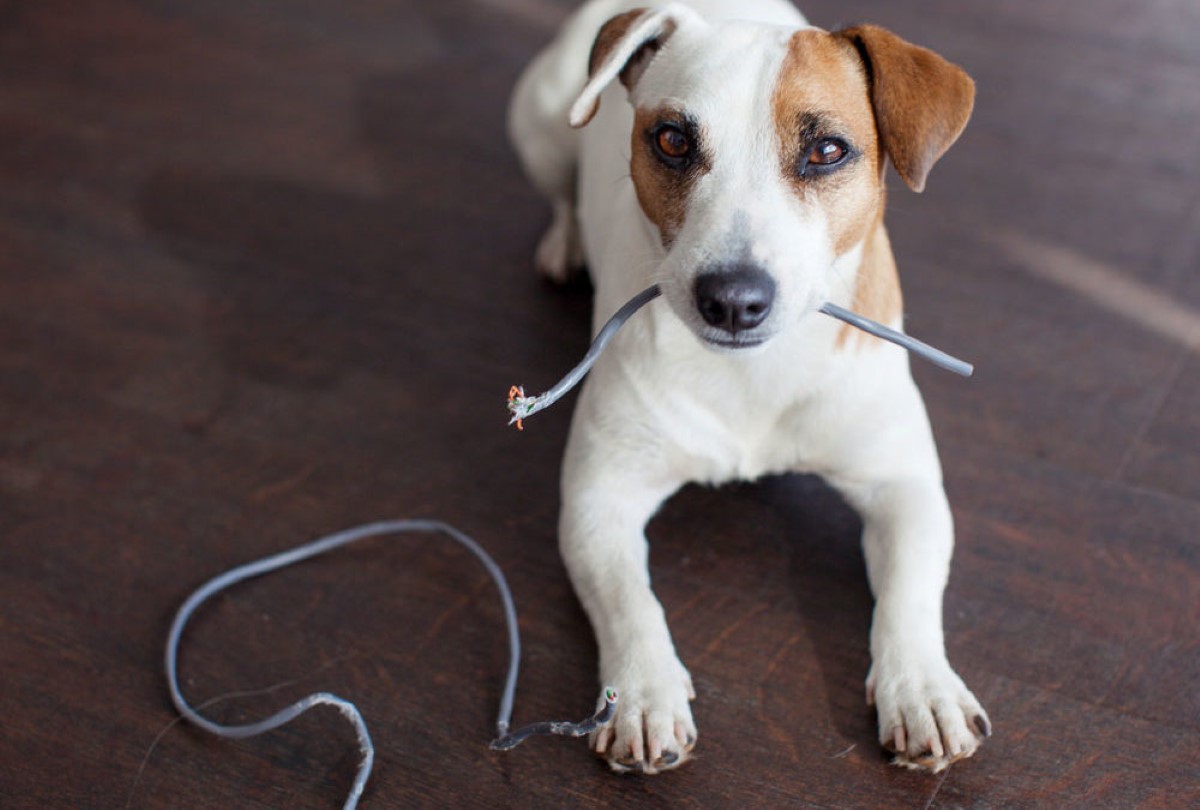
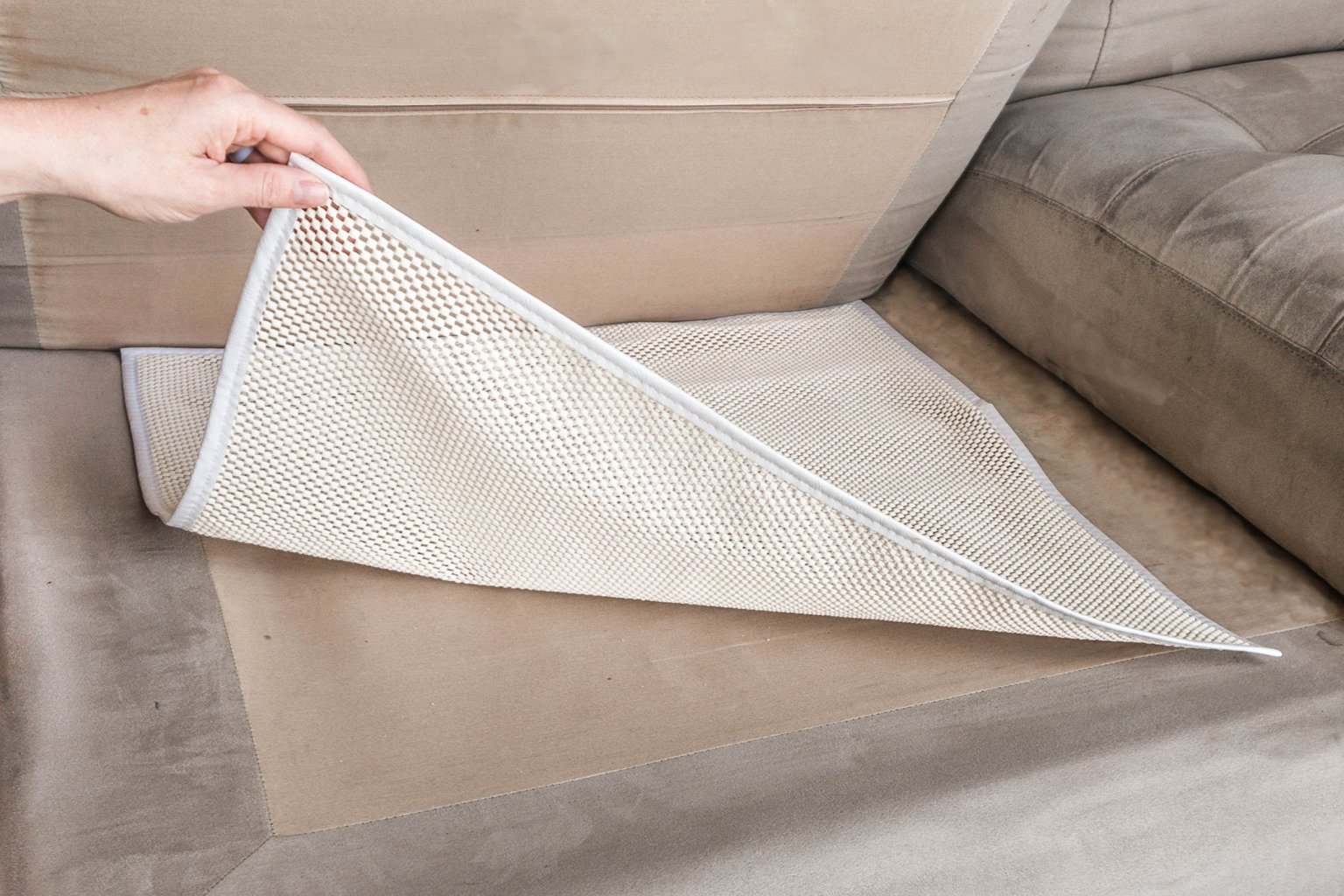
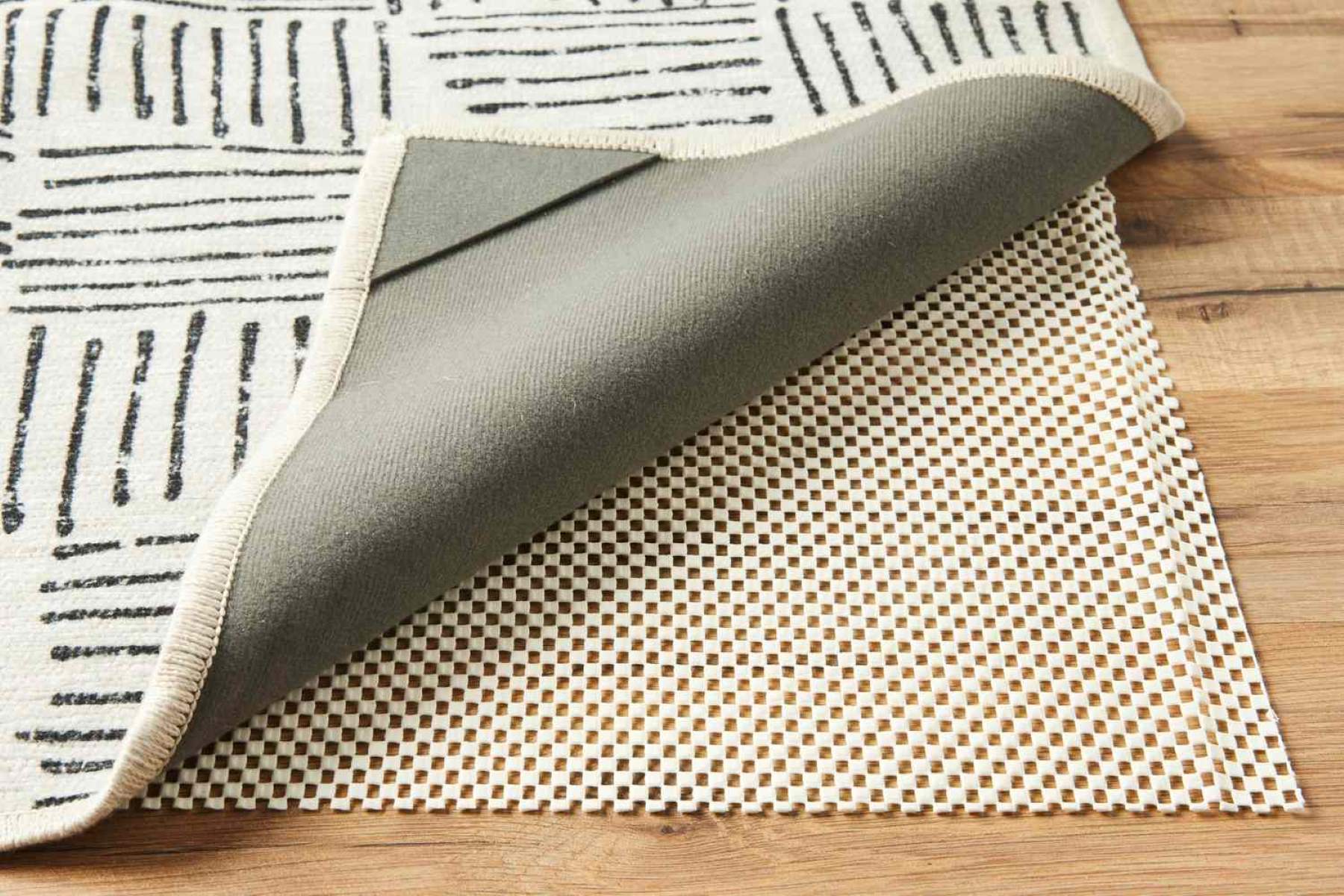


0 thoughts on “How To Prevent An Electrical Cord From Being Severed”